Art that Goes Against the Grain
Japanese artist Motoi Yamamoto creates large ephemeral sculptures and installations using just one element: salt.
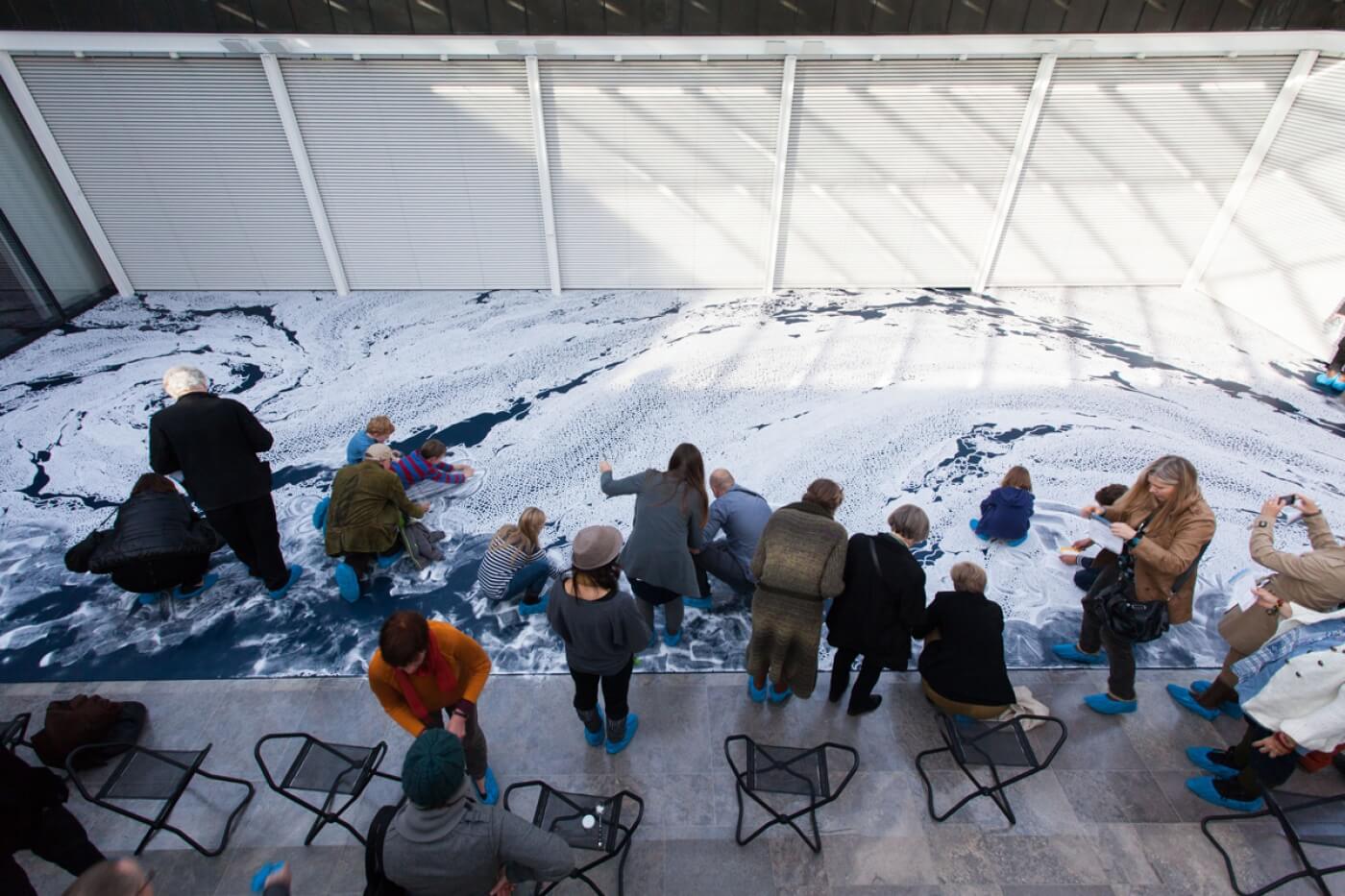
“Return to the Sea Projekt, Floating garden”, 2013 Salt, Ernst Barlach Haus Hamburg, Foto: Andreas Weiss © Mikiko Sato Gallery
His ephemeral works explore the themes of mourning, sorrow, loss, and also memory.
Born in Onomichi, Hiroshima Prefecture in 1966, and a graduate of Kanazawa College of Art, Motoi Yamamoto lost his sister to brain cancer in 1994. This tragic event acted as the starting point for his work, with each grain of salt being associated with a memory of a moment spent with her.
Works that evolve over time
In Shintoism, salt symbolises purification and occupies a central position in funeral rites. Thus, at the end of the ceremony, it is customary for people to sprinkle salt over themselves to ward off evil spirits.
The construction of Motoi Yamamoto’s installations is a lengthy task, carried out using a piping bag. The completion of the work does not mark the end of the creative act, as the artist calls upon the public when the moment comes to destroy his piece. To create his installations, which take the form of labyrinths, staircases, and whirlwinds, the artist adds water to the salt and heats the mixture to create solid structures, connected to parts made from ‘coarse salt.’ These fragile, delicate pieces allude to the finiteness of life and our time on earth, and change in accordance with environmental conditions and humidity levels, like the marks of time.
His works include Utsusemi, a staircase composed from salt bricks, constructed in locations including the MoMa PS1 in New York and the Nizayama Forest Art Museum in Toyama, and his most famous creation, Labyrinth, installed in dozens of different places including the Bellevue Arts Museum in Washington and the 21st Century Museum of Contemporary Art in Kanazawa.
The artist also produces more lasting pieces in the form of sculptures, sketches, and paintings, which can be viewed on his website and that of his gallery, Mikiko Sato.
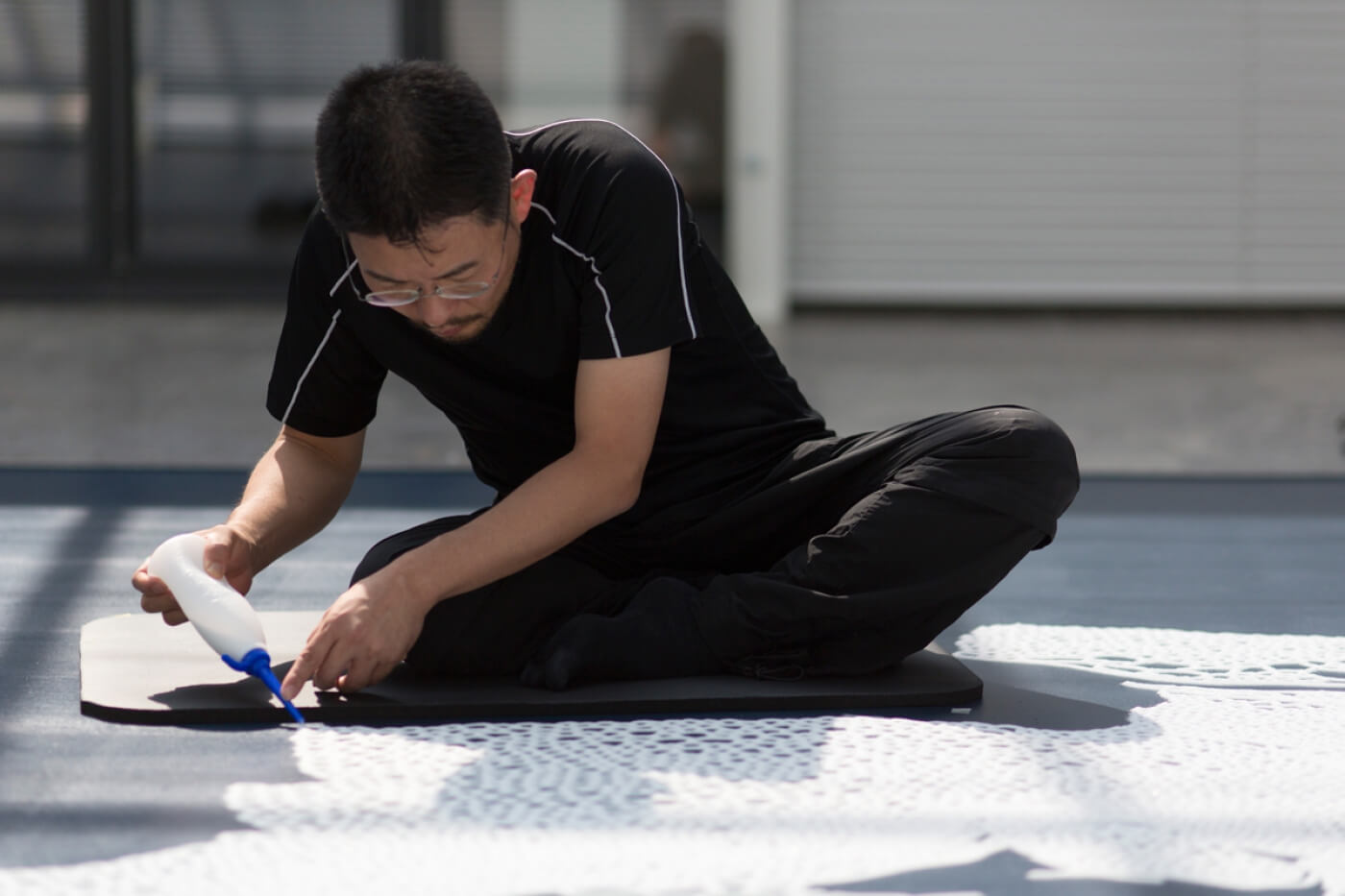
'Floating garden', 2013 Salt, Ernst Barlach Haus Hamburg, Foto: Andreas Weiss © Mikiko Sato Gallery
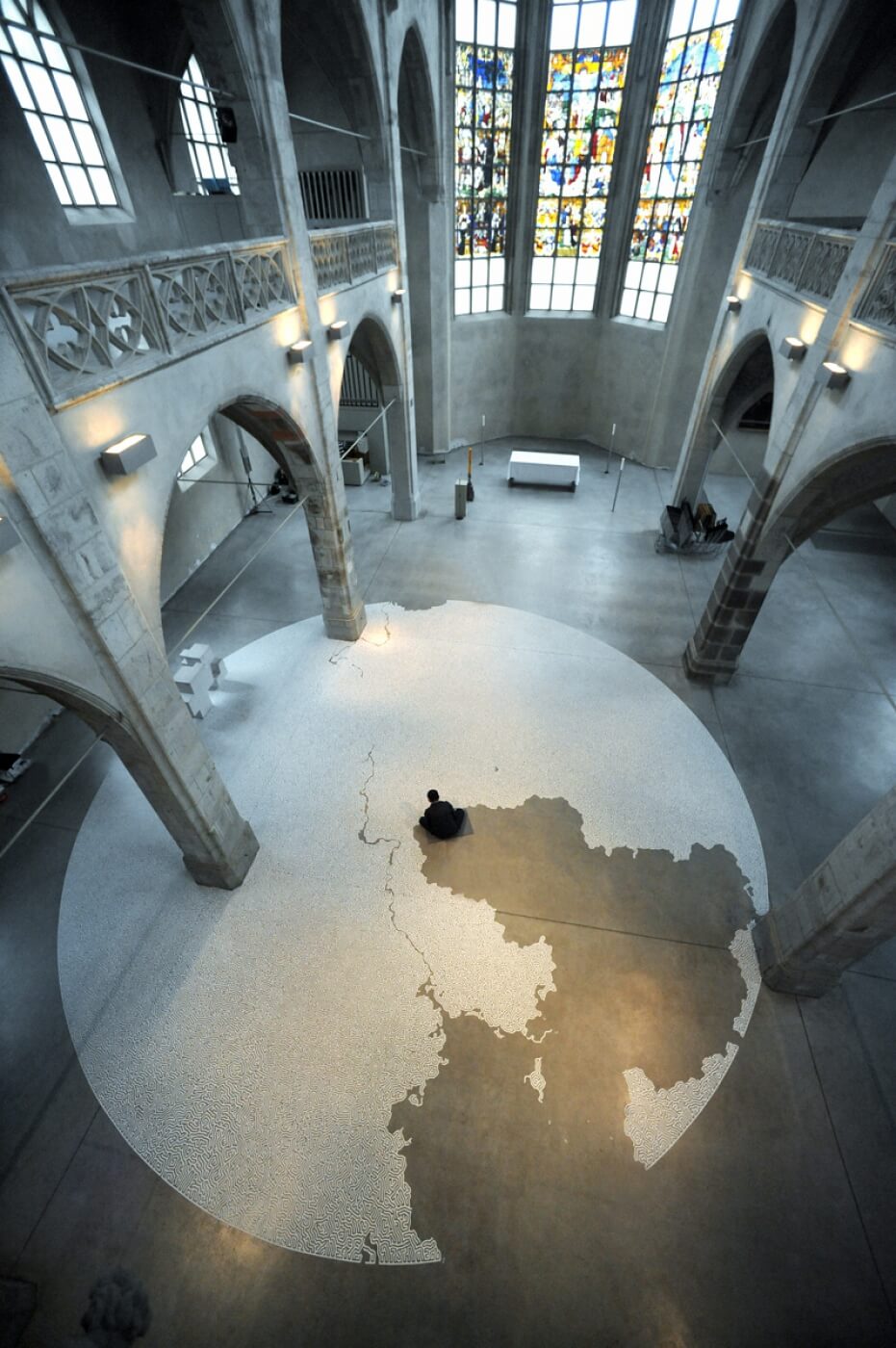
Motoi Yamamoto, 'Labyrinth', 2010, Salt, diameter 12 m, Sankt Peter Köln, Foto: Worring Stefan © Mikiko Sato Gallery
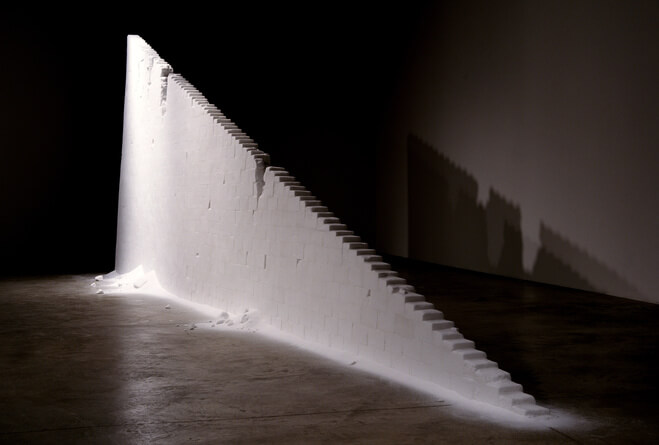
'Utsusemi', 2003 - © The artist & P.S.1 Contemporary Art Center, New York
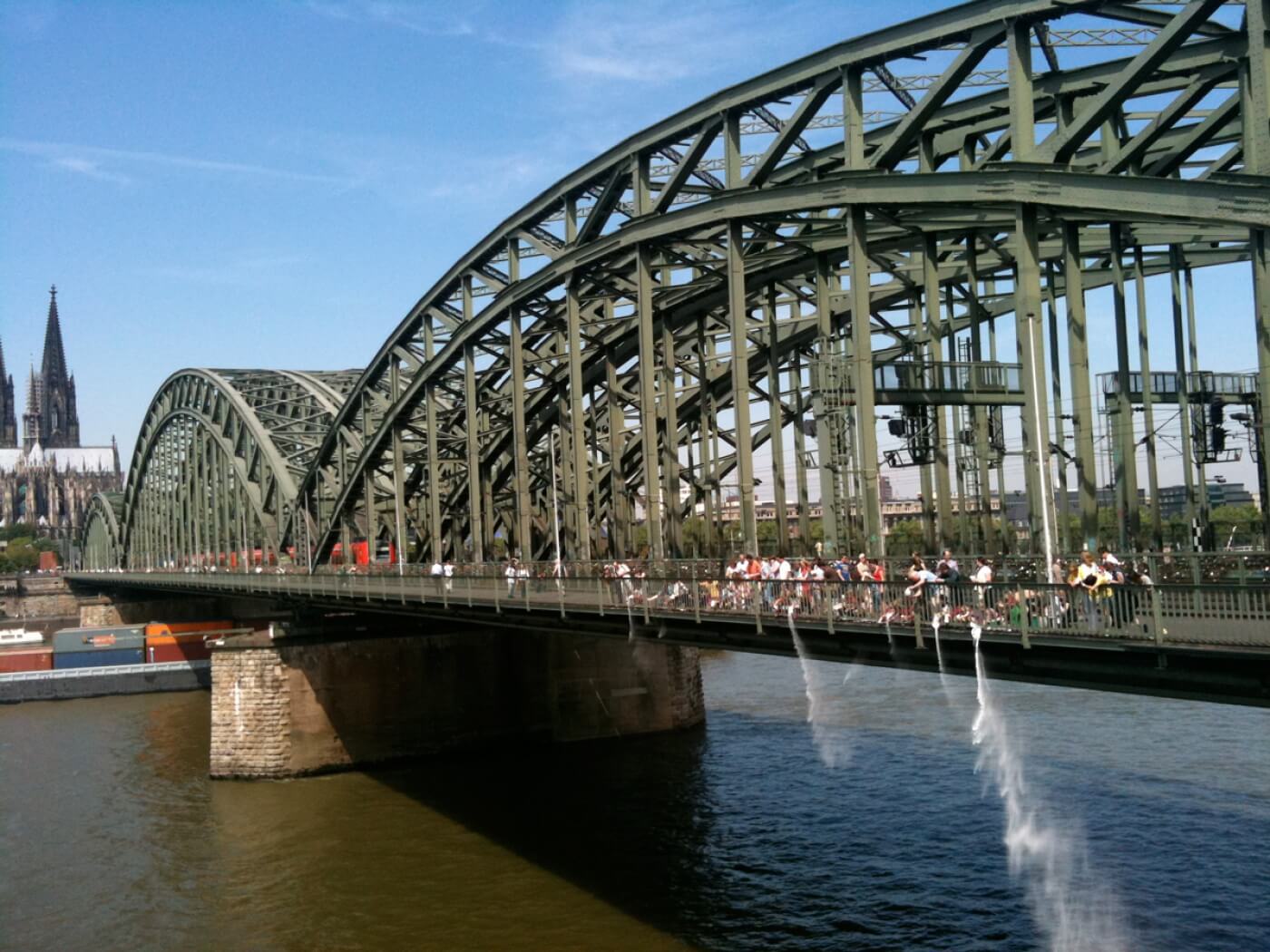
'Return to the Sea Projekt', 2010, Sankt Peter Köln © Mikiko Sato Gallery
TRENDING
-
The Tattoos that Marked the Criminals of the Edo Period
Traditional tattoos were strong signifiers; murderers had head tattoos, while theft might result in an arm tattoo.

-
The Story of Sada Yacco, the Geisha who Bewitched Europe
Described by Dazed magazine as the first beauty influencer, she has been restored to her former glory since 2019.

-
Chiharu Shiota, Red Threads of the Soul
Last year, more than 660,000 people visited the retrospective 'Chiharu Shiota: The Soul Trembles' exhibit at the Mori Art Museum.

-
Japanese Left-field Pop From The CD Age, 1989-1996
‘Heisei No Oto’, a compilation of hidden gems in the unspoken depths of Japanese pop, reveal blissful moment of technological possibility.

-
‘Shojo Tsubaki’, A Freakshow
Underground manga artist Suehiro Maruo’s infamous masterpiece canonised a historical fascination towards the erotic-grotesque genre.





